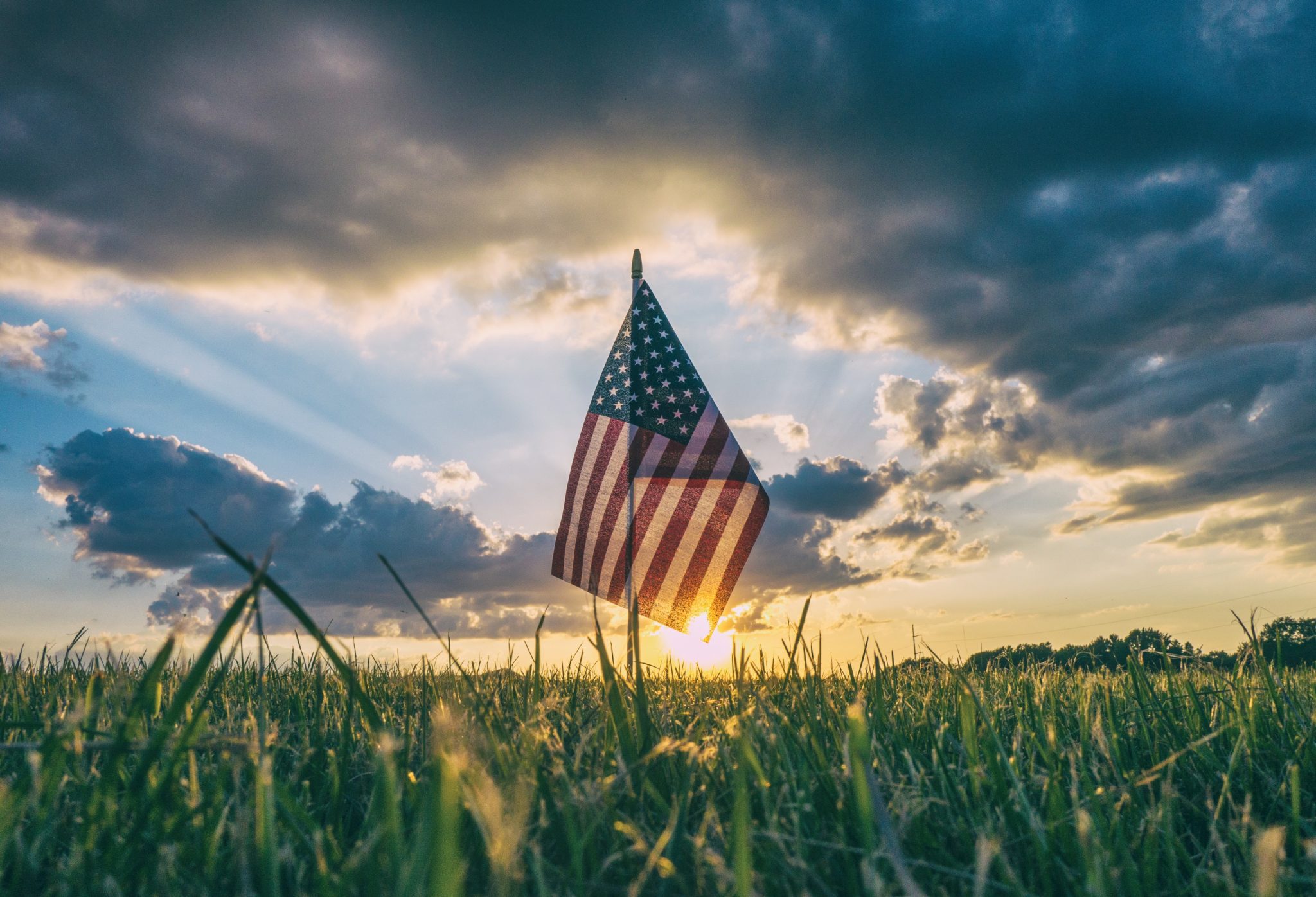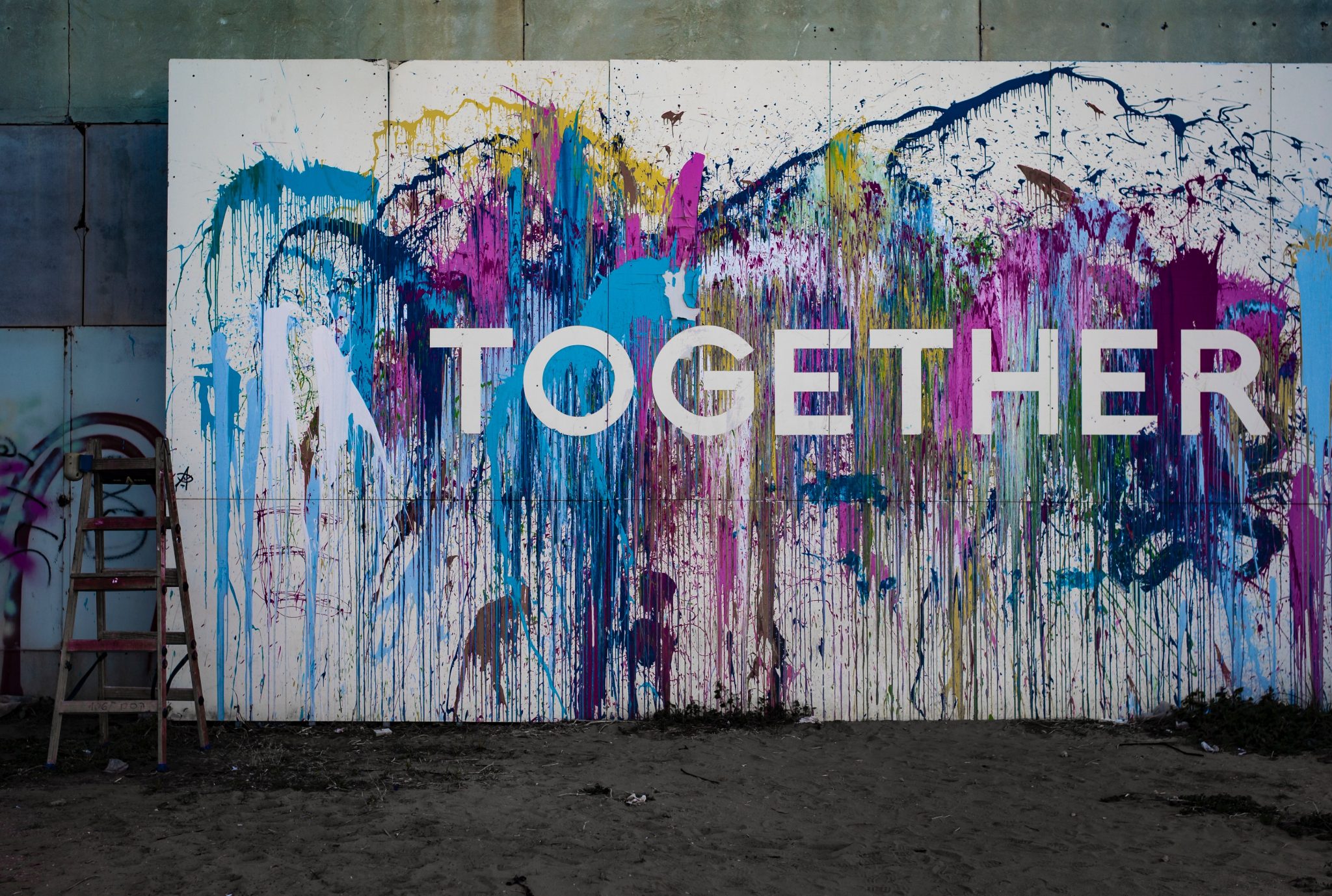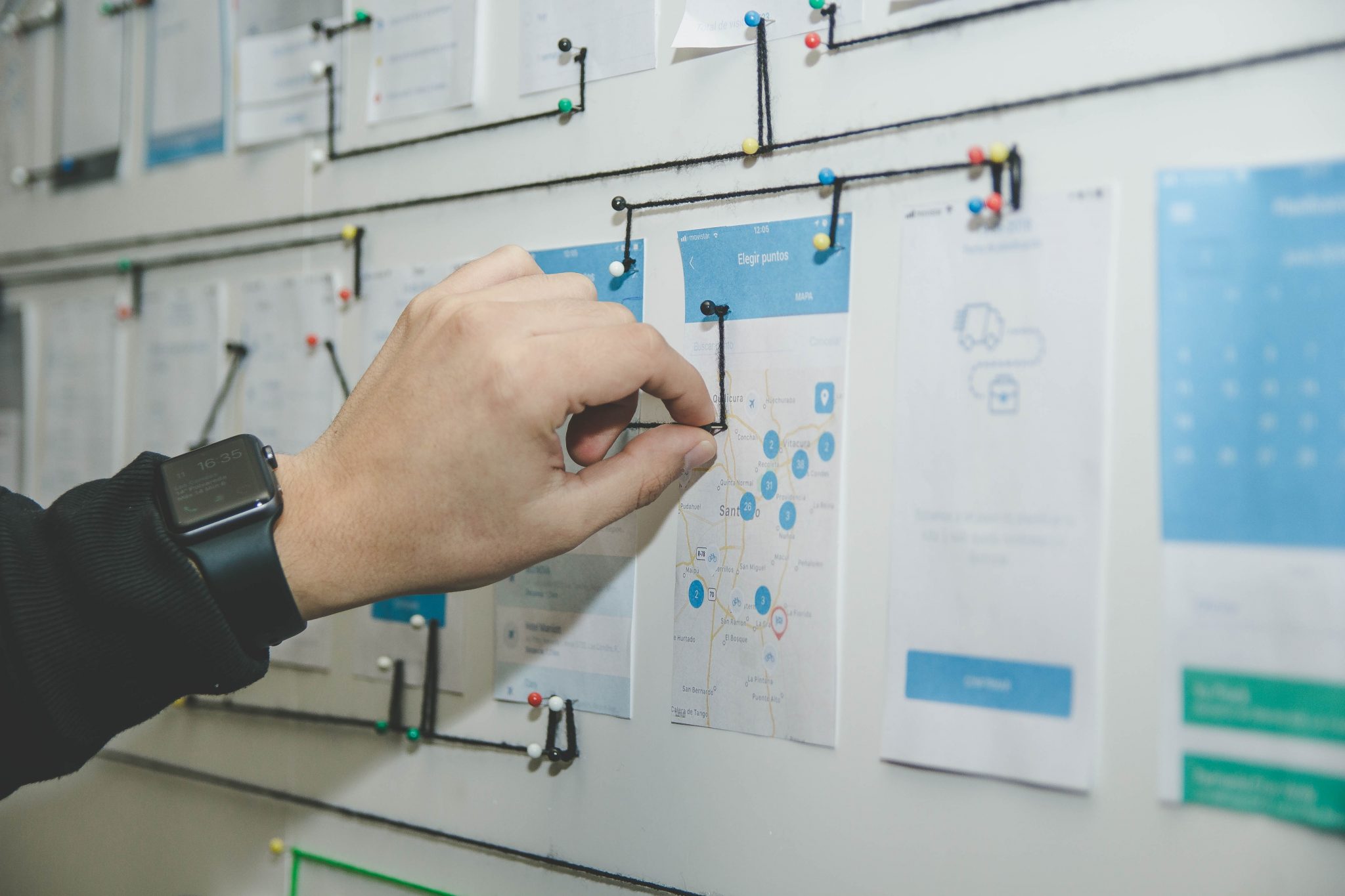We have come a long way in talking about this understated elephant in the room. Yet we have not found a solution. I used to say that our military personnel risk life and limb in theater (on the battlefield). I have revised my statement to say:
Our warfighters risk life, limb, and mind.
As a psychologist, this is not only an area of concern but it is also an area of expertise for me. My last billet was under personnel and readiness and this is the segment of military that focuses on these issues. Though I worked more on the readiness side, there is a reason these two subsections are connected. ‘Readiness’ is not just about being physically capable anymore, it is as much about being mindful of one’s surroundings, capable of making difficult and complex decisions under stress, and protective of the mind’s limitations.
There is no question that the services are taking this issue seriously. There is no question that society is doing the same. Sadly, there is also no question that we are not winning this battle of the mind and it is costing us dozens of servicemembers…daily.
How do we change course?
We need to take what is called a multi-dimensional approach to understanding why this continues to happen in such numbers and the pattern of events, thoughts, and feelings that lead up to suicide. These are not new ways of looking at this issue but what is new is recognizing that a) we have a self-selecting group that enters the military, b) we have traditionally looked at how to treat our personnel after they return from theater, and c) we focus on the individual when perhaps we need to consider the system. There are many avenues that have yet to be thoroughly researched or implemented including preparatory mind exercises to reduce the onset or severity of PTSD and structures that can be put in place following service to ensure that our vets are receiving the same daily life support to which they become accustomed during their active duty time. It can be significantly disconcerting to come back to a society so unaware of the realities of what our servicemembers experience.
We can create readiness programs that focus on mind insulation and preparation.
We can create support structures post-service that provide a continuation of the design they are used to.
We can improve our transition preparation and process to ensure success!
No one avenue will help. Rather, it needs to be a combination of assets, preparation, tools, options, and ultimately, continued teamwork within the military community to support all our active duty, reservist, and veteran defenders.
Photo by Aaron Burden on Unsplash



















